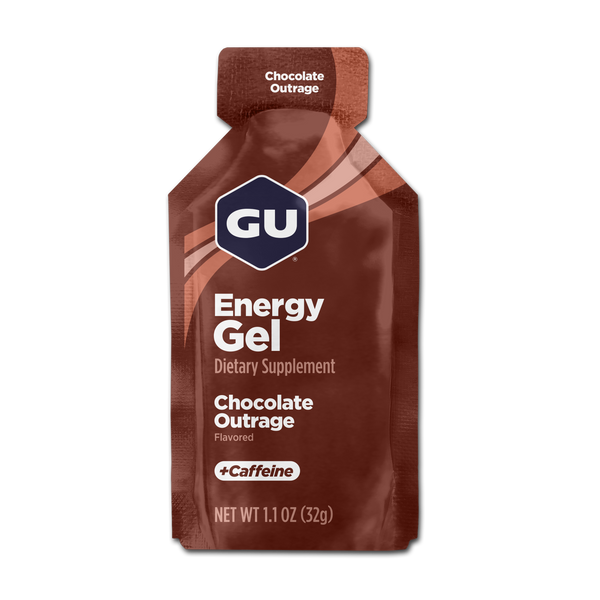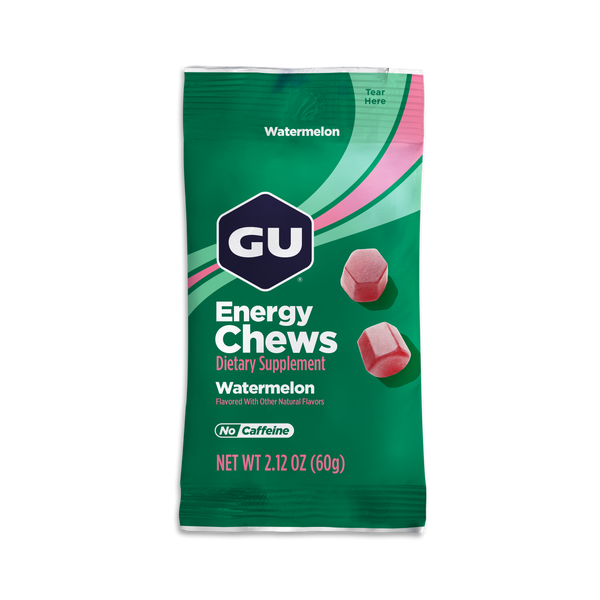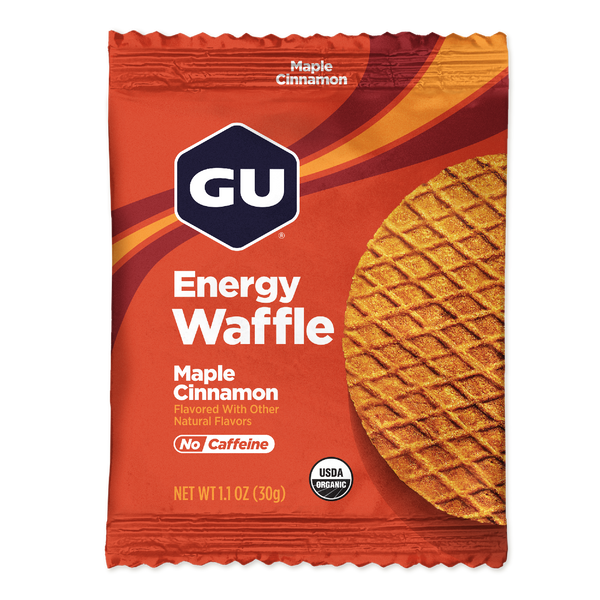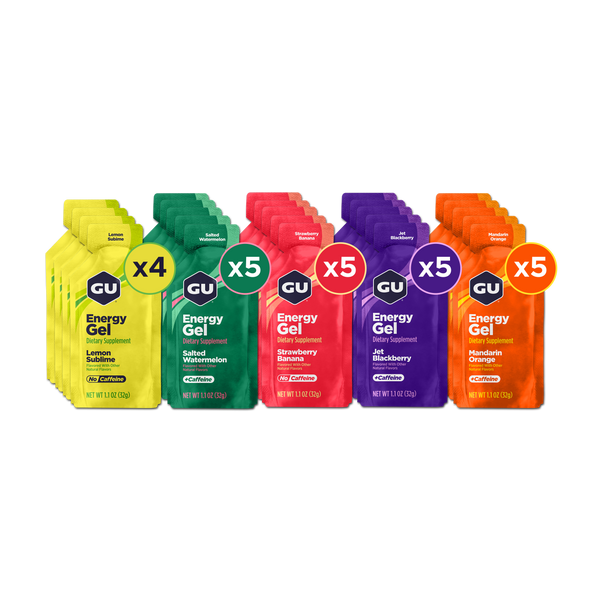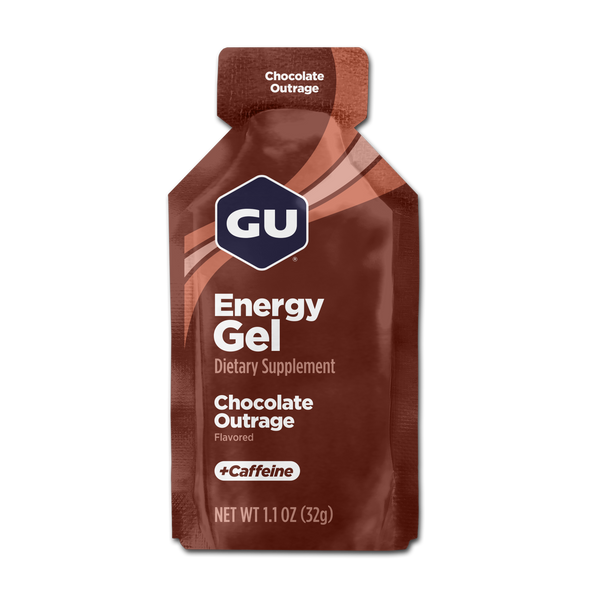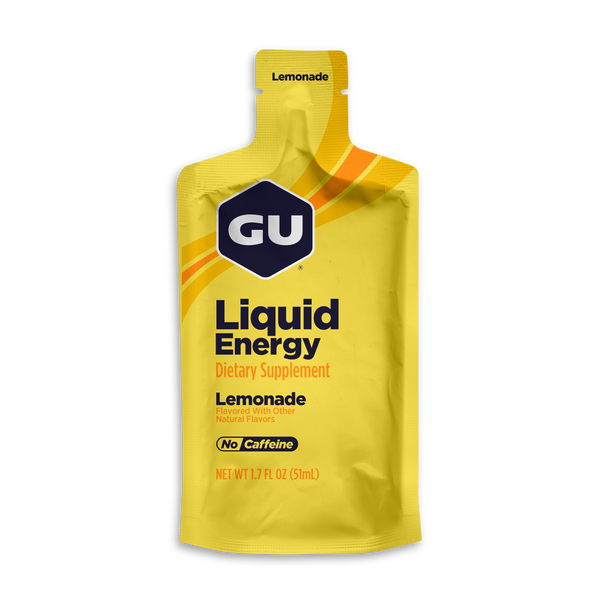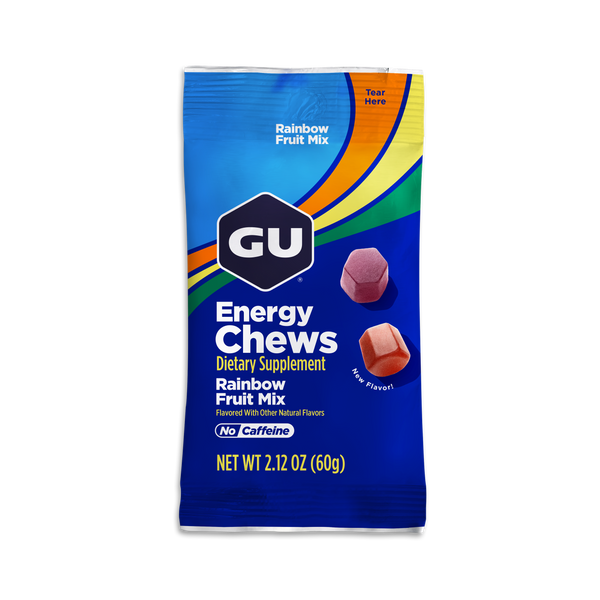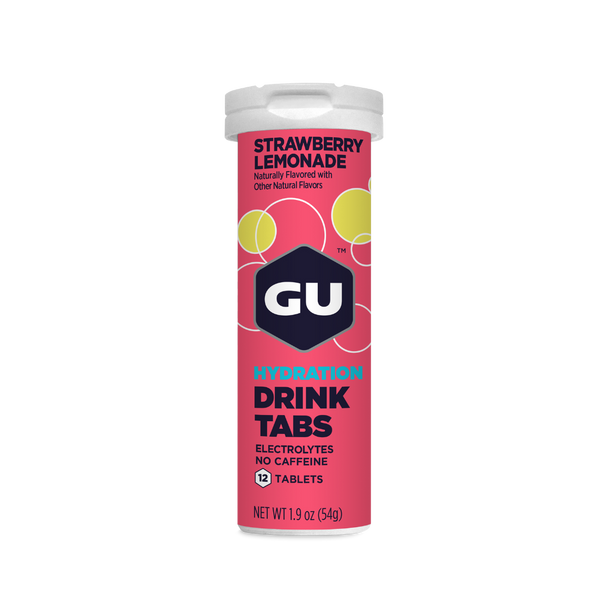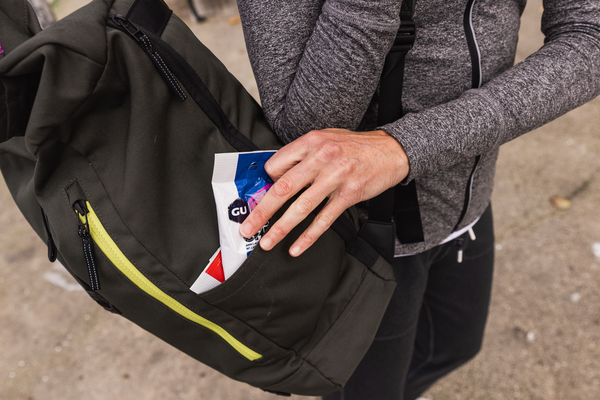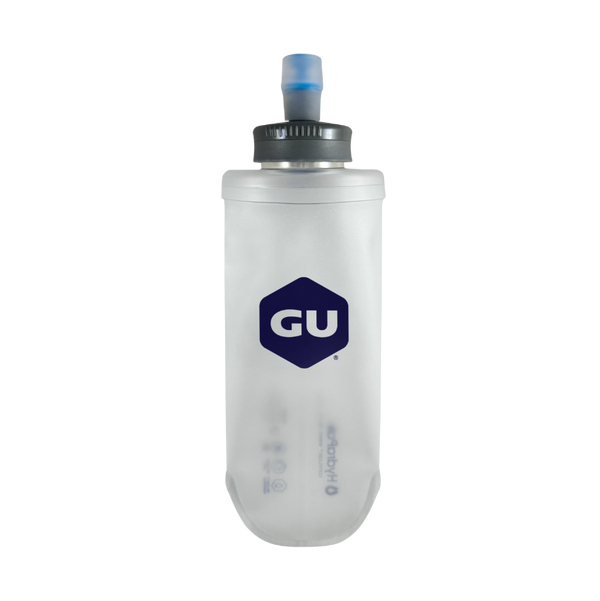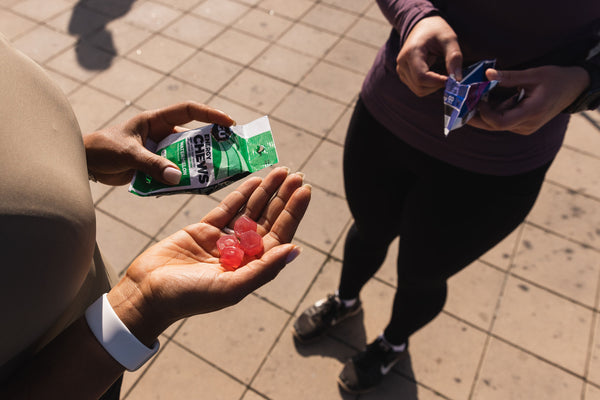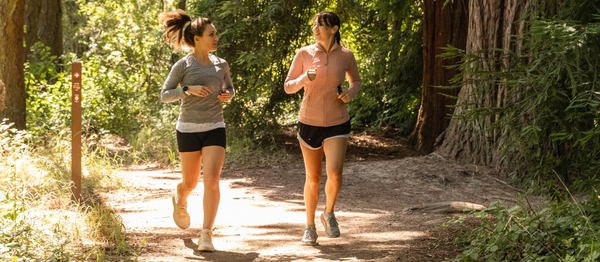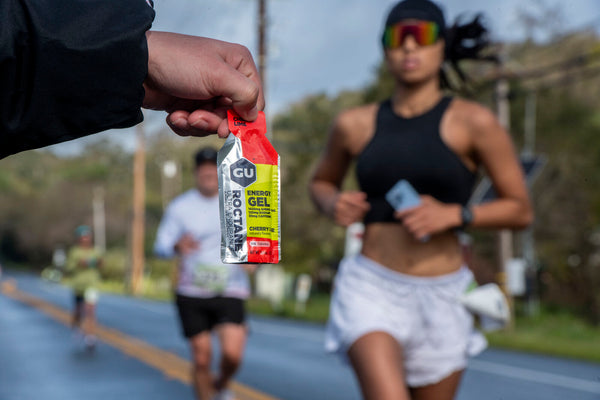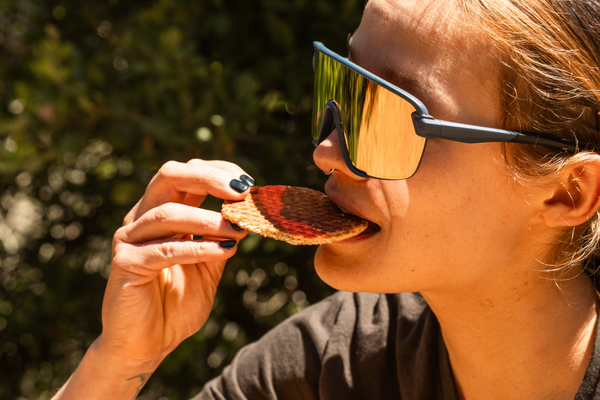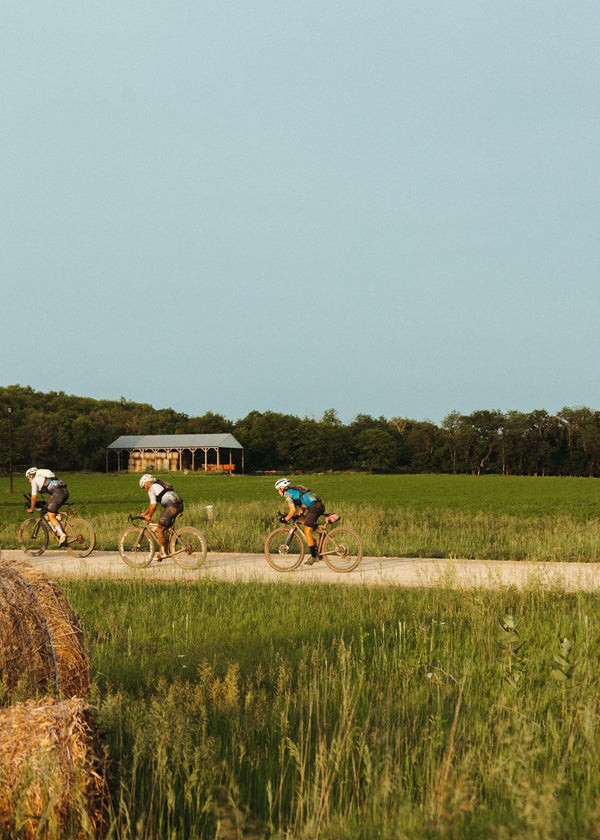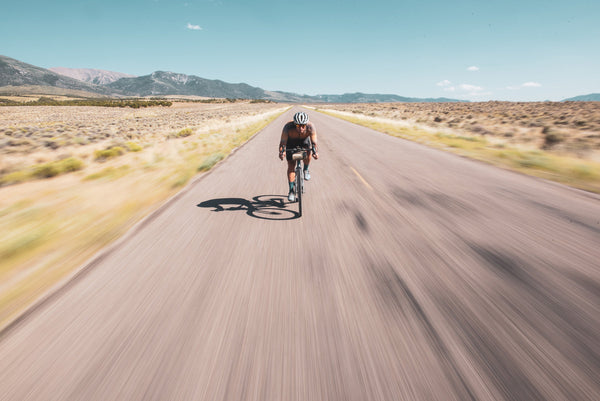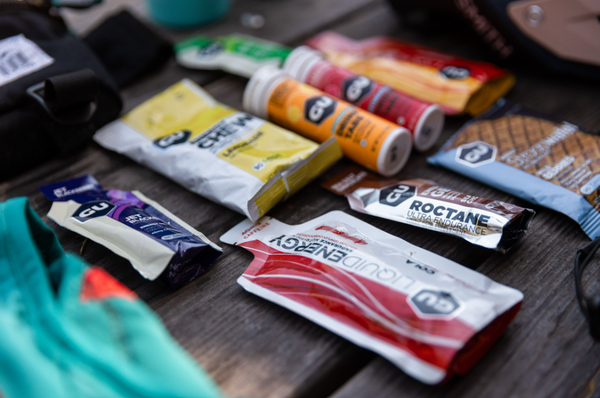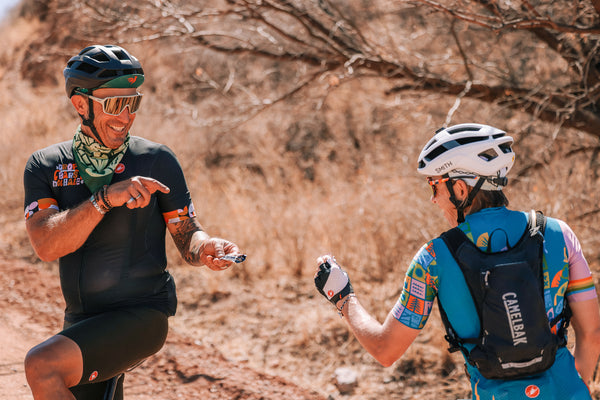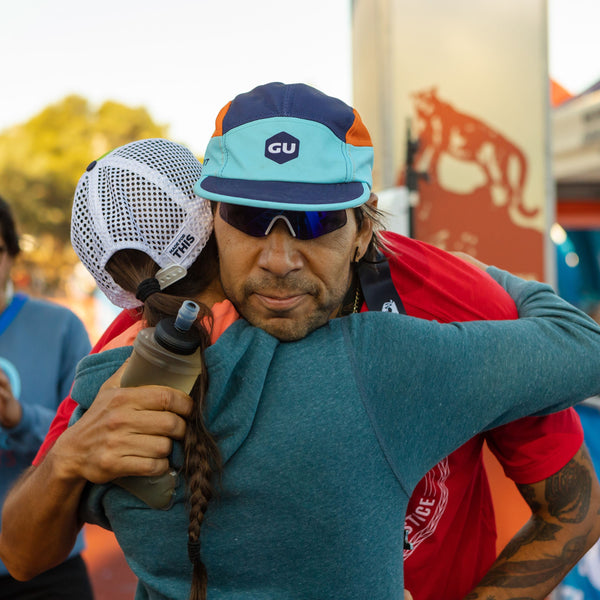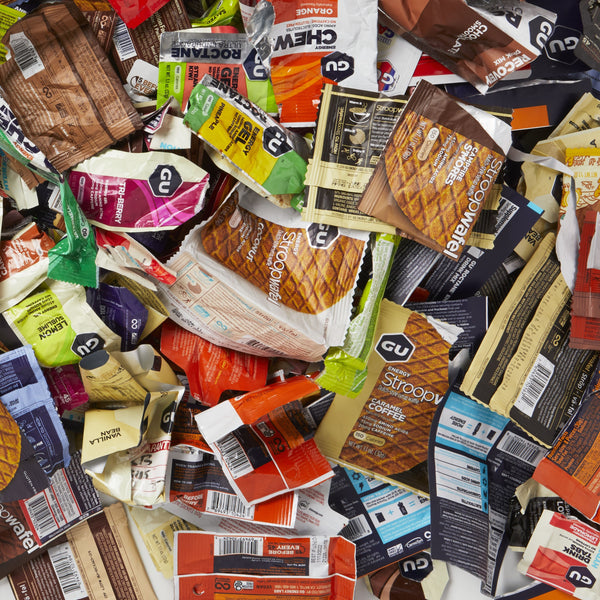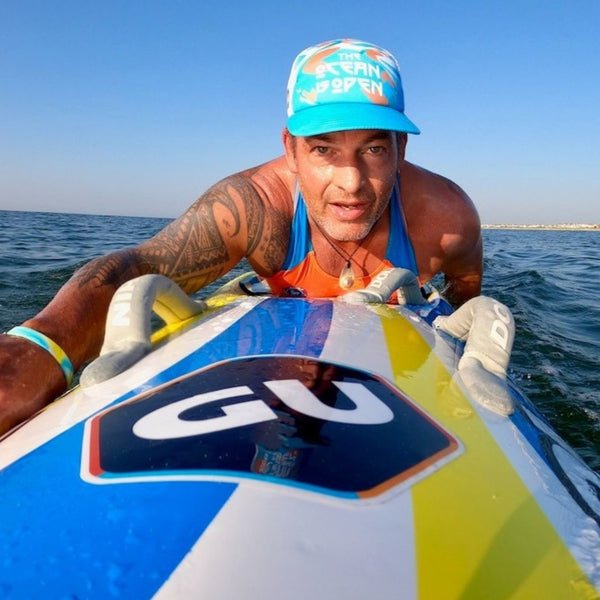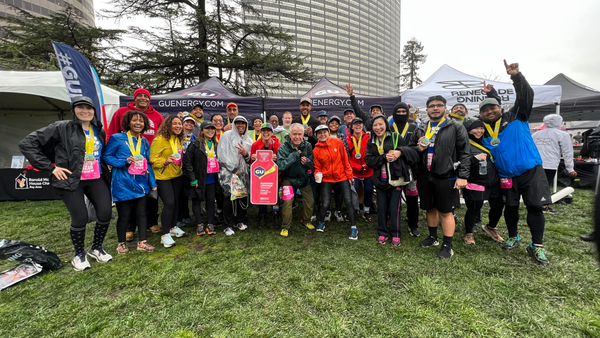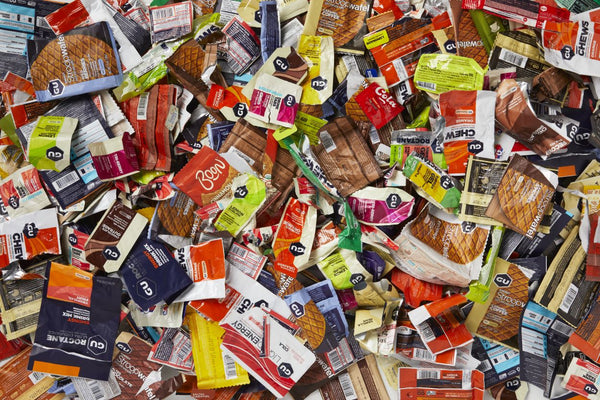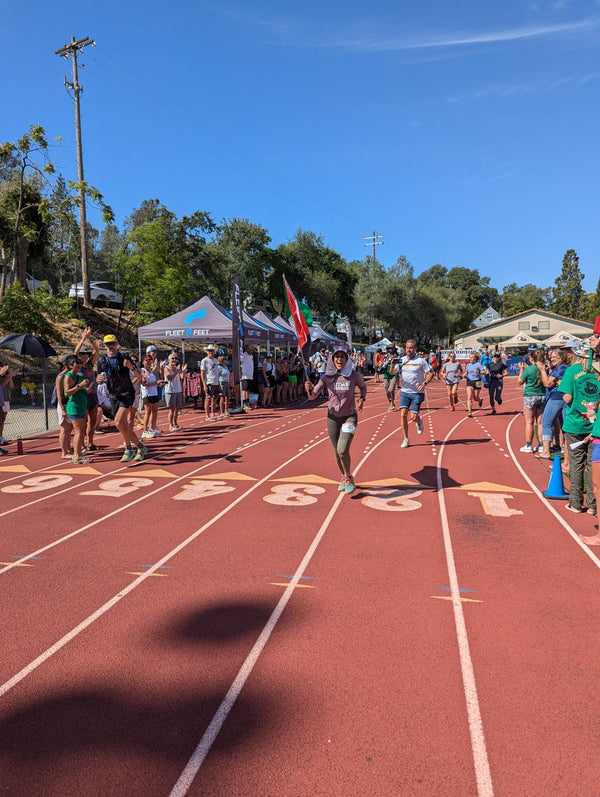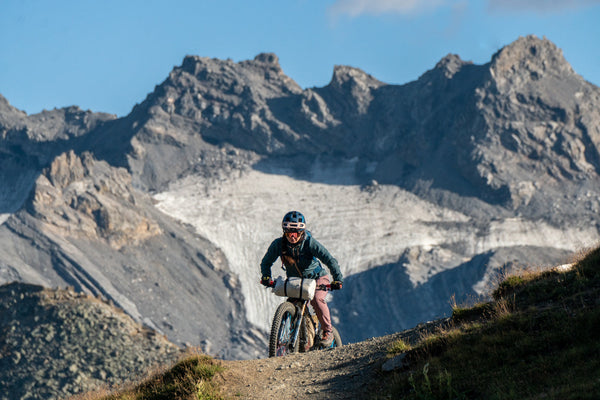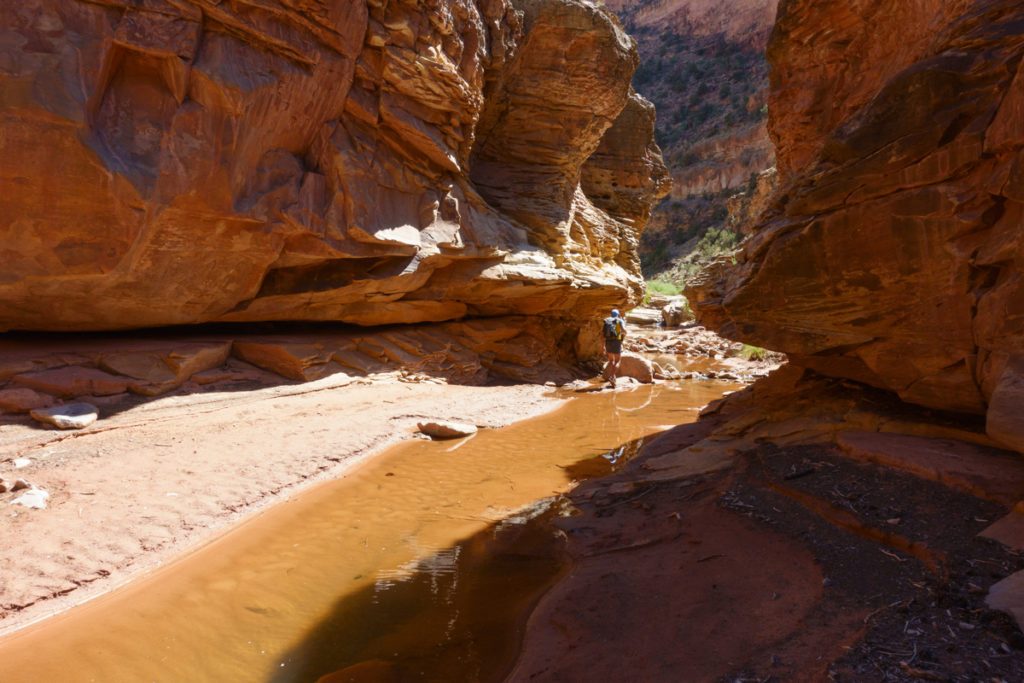Five Tips That Helped Luke Nelson Run 130 Miles Across Bears Ears National Monument
In April of 2017, GU athlete Luke Nelson ran 130 miles across the Bears Ears National Monument. Traveling with a group of three other runners, Luke traversed this protected wilderness in southeastern Utah over four days. His written reflection on the effort shows that multi-day running trips are an amazing way to explore places beyond the beaten path.
Read: A Deep Scratch: Traversing Bears Ears National Monument
Relying on a single resupply stop, it was crucial that Luke meet his energy needs with fuel that was durable, portable, and lightweight. He asked GU’s nutrition team to create a fueling plan that would give him all the nutrients he needed for the multi-day adventure without weighing him down too much. GU’s Sports Nutritionist was up for the task, and worked with Luke to plan every ounce and calorie he would consume.
Making a nutrition plan is kind of like accounting, and we used a spreadsheet to tabulate how many calories he’d be consuming and the weight of each meal and snack.


HERE ARE FIVE NUTRITION TIPS THAT LUKE USED FOR MULTI-DAY SUCCESS:
1. Calories Are King.
If you plan on moving continuously for hours—or even days—on end, you will need plenty of calories to provide energy. For exercise that lasts all day, foods high in fiber, fat, and protein can be difficult to digest, often causing GI issues.
We recommend carbohydrate-based energy during movement, reserving protein and fat consumption for meals and non-moving snack breaks. Plan to consume between 200-400 calories per hour of movement. For multi-day events, supplementing with amino acids helps prevent muscle damage during prolonged exercise. Luke relied on GU Roctane products to deliver branched-chain amino acids (BCAAs) that protect muscles from breakdown. We like to think of BCAAs as “muscle insurance.”
2. Use liquid fuels to save weight.
When you are trying to move both far and fast, every gram counts. The more weight you carry, the more energy you spend moving. We optimized Luke’s meal plan by planning two-thirds of his “moving” calories in the form of Roctane Energy Drink Mix. Powdered drink mixes are great for multi-day adventures because they provide both hydration and energy without adding much bulk or weight. Luke supplemented this with several Roctane Energy Gels and a prototype Roctane BCAA drink mix.
3. Consider Your Environment.
Dialing in your energy requirements during a multi-day event should take into account the running environment. Will you be running somewhere hot and dry? Consider taking more liquid calories. Cold and wet? Pack an extra gel or Stroopwafel in your chest pockets. During the trip, Luke traveled through altitudes ranging from 5,000 to 10,000 feet, with steep canyon ascents and descents. It was crucial that he pack enough energy to match the terrain and temperatures.
Mountainous or rugged terrain, including steep climbs, loose scree, and sand will increase caloric expenditure. High altitude will also amplify energy and hydration needs. Given these challenges, aim to eat or drink something every 30-45 minutes, think of it like a high-energy IV drip!
4. Meals Should Fill You Up, Not Weigh You Down.
It is easy for four days’ worth of food to quickly add up to 15 pounds or more, so multi-day adventurers need to make sacrifices to accommodate weight and carrying space limitations. If you have the luxury of stopping to boil water, consider using lightweight dehydrated foods that provide nutrient-dense energy without the bulk. Luke used a custom-made dehydrated cheesy-potato mix that he could reconstitute with hot water. This allowed him to enjoy tasty flavors and recover for the next day’s miles.
For mid-day snack breaks, consider packing compact and durable foods like crackers, jerkey, dried fruit, and nuts. (Energy Stroopwafels make a nice breakfast sandwich when paired with nut butter!). For more substantial meals, consider packing powdered potatoes, cereals, or oatmeal with powdered milk. Noodle-soup packets are another way to save weight with a tasty meal that delivers both electrolytes (sodium) and hydration, both crucial after a long day on the trail.
5. Fuel During the Recovery Window.
In the minutes immediately following exercise, the body enters a vital recovery window as it begins to rebuild muscle. While he was preparing dinner, Luke relied on GU’s Recovery Drink Mix (and some tasty cheese crisps) to kickstart the protein synthesis process responsible for rebuilding muscle and aiding mitochondrial adaptation. Focus on protein intake as you set up camp for the evening and prepare dinner. Packing a ready to mix recovery powder will pay dividends as your adventure spans into its third day and beyond.
GALLERY
All multi-day running and fast-packing events require plenty of preparation. Just as adventurers should know their route, the logistics of resupply, and water access, they should also plan their fueling strategies. As with any event, we highly recommend that athletes use fuel sources and nutrient timing that has been tested during practice runs or previous adventures. Happy exploring!

